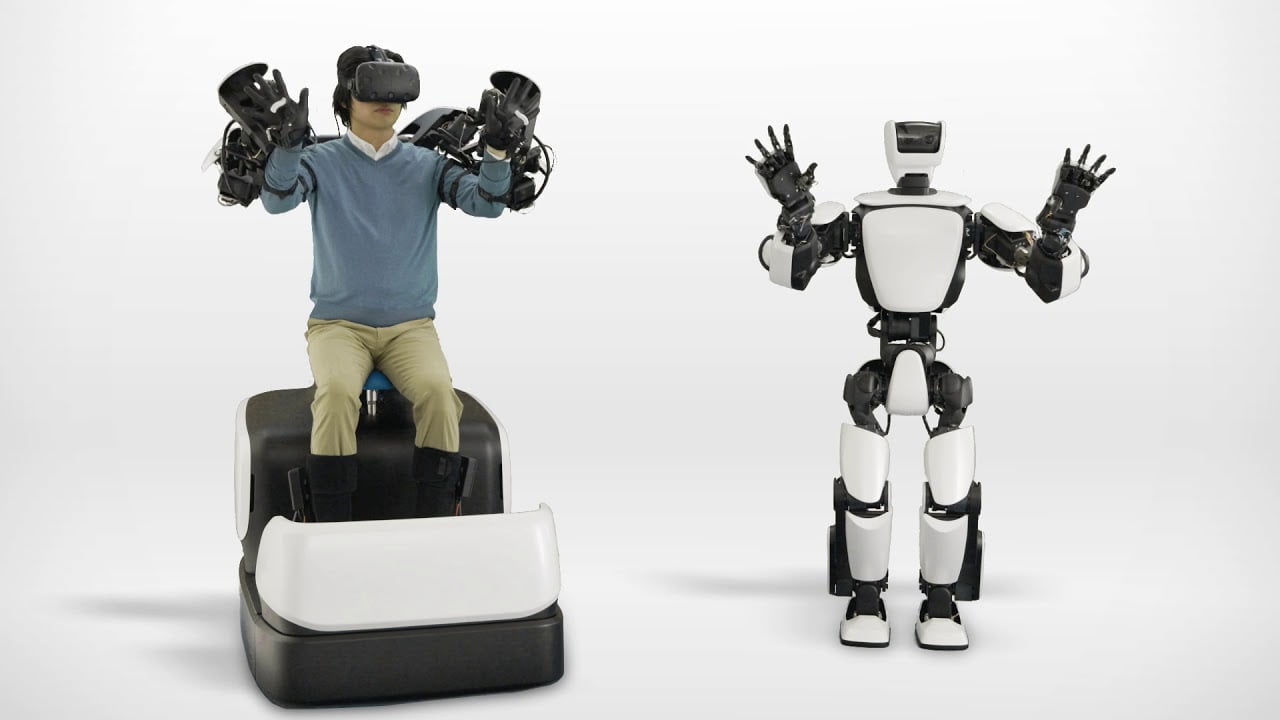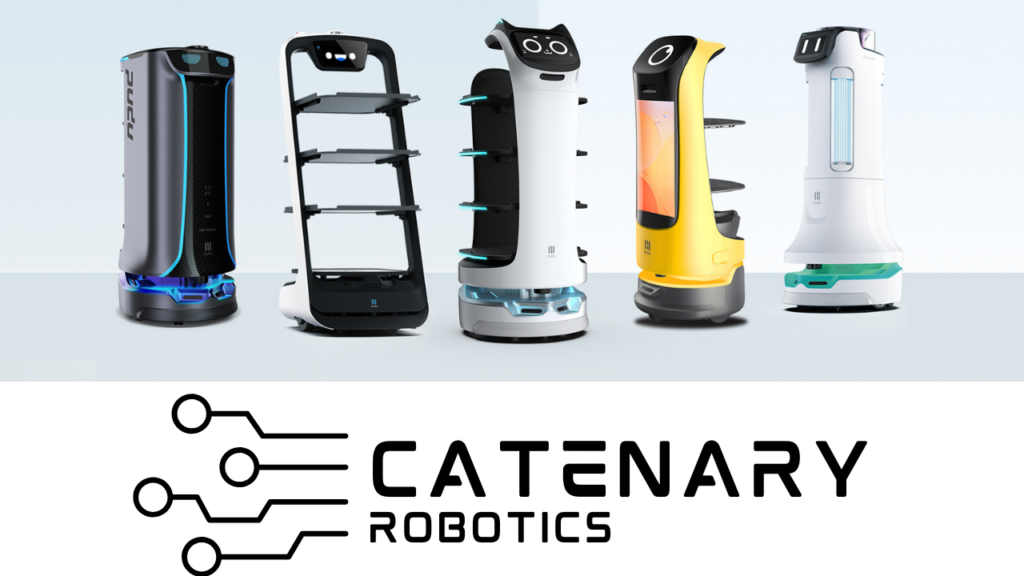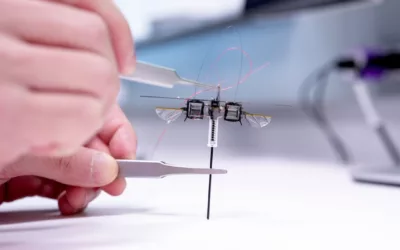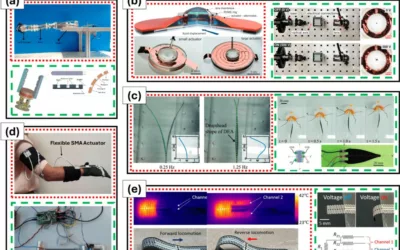Autonomous robots have yet to attain useful generalized autonomy and can only survive in semi-structured environments such as offices, hospitals, and warehouses, under specific constraints. However, they struggle in unstructured settings that require innovation, creativity, and human interaction, such as disaster areas. Thus, humans are still crucial for the foreseeable future, although their physical presence is not always necessary. This creates an opportunity for the development of an avatar system that can transport human presence to a remote location in real-time, as highlighted by the XPrize Foundation’s 2018 competition sponsored by ANA, with the aim of enabling humans to interact with the world anywhere with a decent Internet connection. In November of last year, 17 teams from around the world competed for $8 million in prize money at the final event held in Long Beach, Calif.
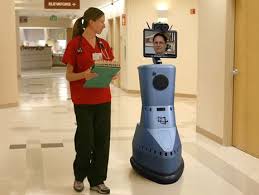
When it comes to robotics competitions like the Avatar XPrize, a conflict arises between the competing teams’ focused objective of winning and the broader goal of developing generalized solutions for real-world problems. Winning the competition does not necessarily lead to a solution to the problem being addressed. Although XPrize aimed to promote the creation of avatar systems that could transport human presence to a remote location in real-time, the winning team was the one that most efficiently completed the specific set of competition tasks.
For instance, Team iCub from the Istituto Italiano di Tecnologia (IIT) in Genoa, Italy believed that the best way to transport human presence to a remote location was by closely embodying the human. As such, their avatar system comprised a small bipedal humanoid robot, the 100-centimeter-tall iCub. However, getting a bipedal robot to walk reliably while under the direct control of an inexperienced human is challenging. Even under optimal conditions, iCub could not move as quickly as its wheeled competitors.
XPrize did not favor humanlike robots, as there were no stairs on the course. This raises the question of what “human presence” actually means. If it means having the ability to go wherever able-bodied humans can go, then legs may be necessary. On the other hand, if it means accepting that robots and some humans have mobility limitations and focusing on other aspects of the avatar experience, then legs might be optional. Ultimately, the competition’s course dictated what constituted a successful avatar for the purposes of the competition, regardless of XPrize’s intentions.

